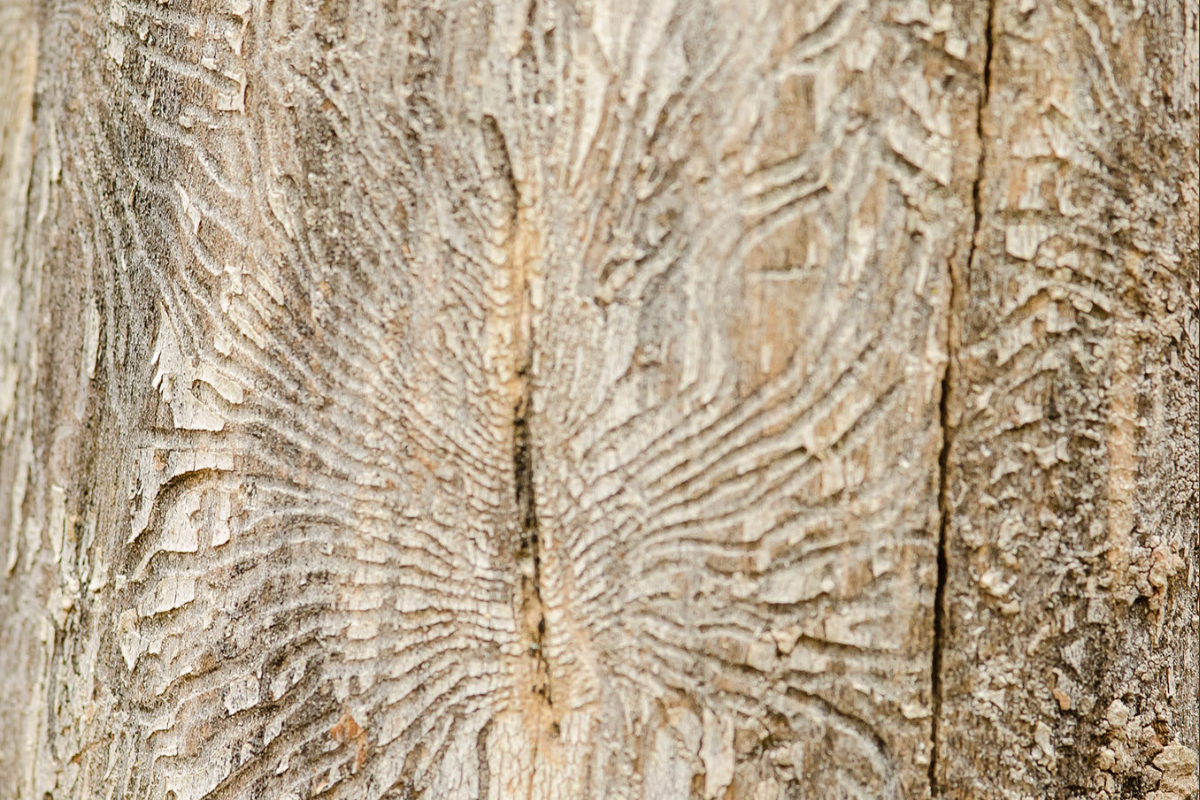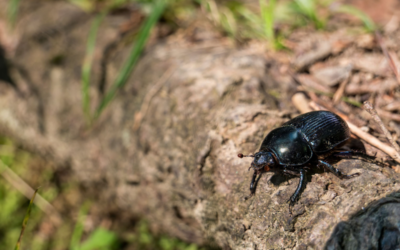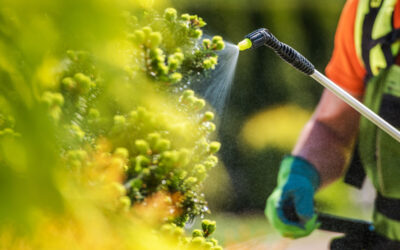Protecting Elm Trees from Dutch Elm Disease
American elm trees are a beautiful and majestic sight, with their tall, stately trunks and spreading branches. But these trees are also under threat from a devastating disease called Dutch elm disease (DED).
DED is a vascular disease caused by the fungus Ophiostoma ulmi. It is spread by elm bark beetles, which carry the fungus spores on their bodies. When an elm bark beetle bores into an elm tree, it introduces the fungus spores into the tree’s vascular system. The fungus then blocks the flow of water and nutrients, causing the tree to die.
DED has been a major problem for American elm trees for over a century. It was first introduced to North America in the 1930s and has since killed millions of elm trees across the continent. DED has been especially devastating in urban areas, where American elm trees are often planted as shade trees.
There is no cure for DED once a tree is infected. The only way to prevent the spread of the disease is to remove infected trees and control the elm bark beetle population.
In recent years, there have been some promising developments in the fight against DED. Researchers have developed elm trees that are resistant to the disease, and there are new insecticides that are effective against elm bark beetles. However, DED remains a serious threat to American elm trees, and it is important to take steps to protect these trees from the disease.
Here are some things you can do to help protect American elm trees from DED:
- Plant resistant elm trees. There are a number of elm tree varieties that are resistant to DED. These trees are a good option if you live in an area where DED is present.
- Remove infected trees. If you have an elm tree that is infected with DED, it is important to have it removed as soon as possible. This will help to prevent the spread of the disease to other trees.
- Treat trees with insecticides. Insecticides can be used to kill elm bark beetles, which are the main carriers of DED.
- Maintain healthy trees. Healthy trees are more resistant to disease. Make sure to water and fertilize your elm trees regularly.
By following these tips, you can help to protect American elm trees from DED and keep these beautiful trees in our cities and towns for many years to come.
In addition to the steps listed above, there are a number of other things that can be done to help fight DED. These include:
- Educating the public about DED and how to identify infected trees.
- Supporting research into new treatments for DED.
- Working to reduce the elm bark beetle population.
By working together, we can make a difference in the fight against DED and help to save American elm trees for future generations.
If you have elm trees on your property, it is important to be aware of the threat of Dutch Elm Disease. We can help guide you through the next steps to protect your trees. Contact Donovan Arborists at 303-623-8733 or send us an online request form to request more information about protecting your elm trees from this invasive species.





